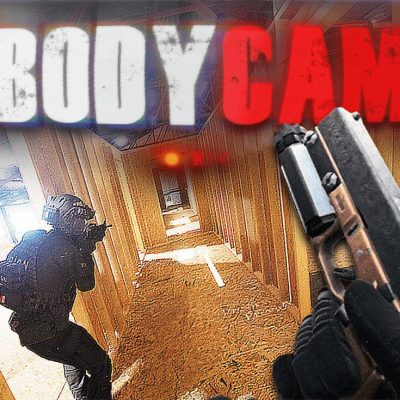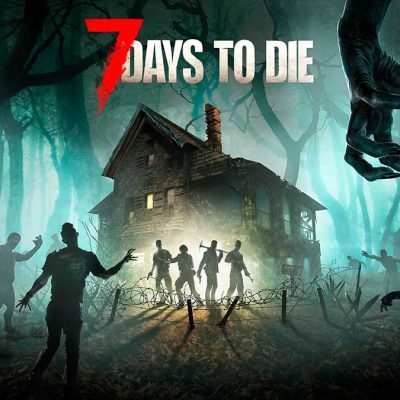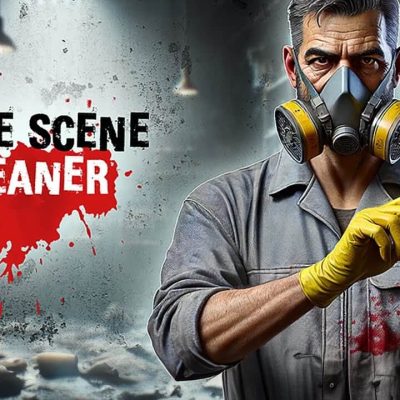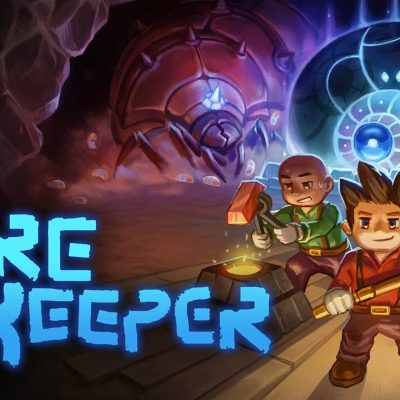Released with immense anticipation, Bodycam by Reissad Studio redefines the standards for immersive first-person shooters. Combining hyper-realistic visuals with strategic gameplay, this game has captured the attention of the FPS community and beyond. In this detailed review, we will explore the various aspects that make Bodycam a groundbreaking experience while highlighting both its strengths and weaknesses.
Introduction: What is Bodycam?
Bodycam is a first-person tactical shooter designed to simulate a real-life body camera perspective. Developed by Reissad Studio using Unreal Engine 5, the game offers an unparalleled level of immersion. Unlike traditional FPS titles that prioritize fast-paced action, Bodycam emphasizes realism, strategy, and situational awareness. Players step into the shoes of elite operatives, navigating dangerous scenarios with precision and caution.
The game stands out not only for its visual fidelity but also for its ability to create intense atmospheres where every movement counts. Whether you are disarming a bomb or engaging enemies in narrow corridors, the tension is palpable.
Visual Mastery: Graphics and Detail
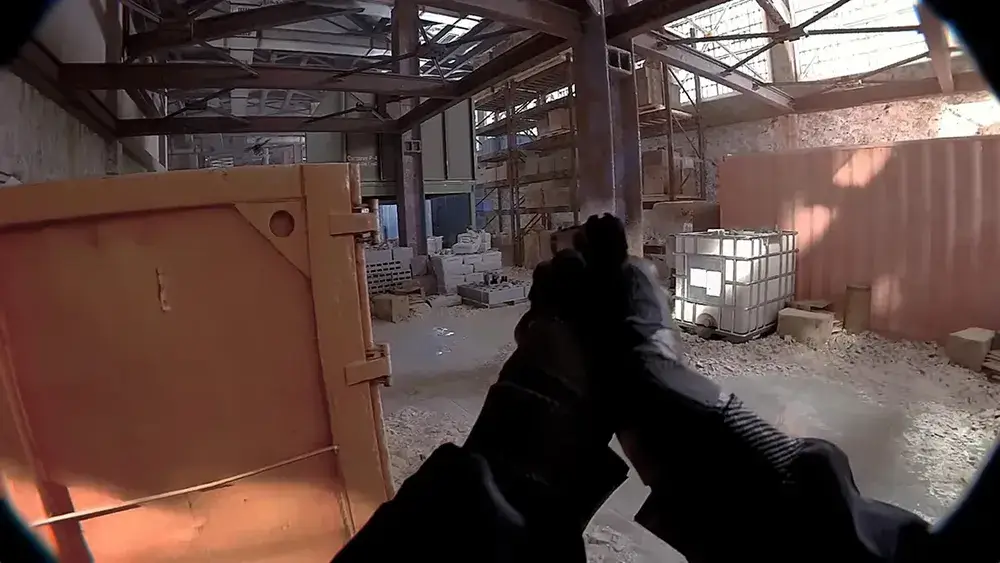
The first impression Bodycam makes is its stunning visual fidelity. Unreal Engine 5’s capabilities bring the game to life with remarkable photorealism. The environments—whether urban streets, industrial complexes, or dimly lit residential interiors—are detailed to an almost cinematic level.
Lighting and Textures:
Natural lighting filters realistically through windows, casting dynamic shadows that change based on your position. Streetlights, neon signs, and interior lamps provide soft ambient glows that create an eerie, lived-in atmosphere.
Textures on walls, floors, and equipment are incredibly detailed. You can spot cracks in concrete, scuff marks on hardwood floors, and worn edges on body armor.
Character Models and Animations:
The character animations are meticulously crafted. From the way operatives adjust their grips on firearms to how their shoulders shift while aiming, every movement feels fluid and natural. Facial expressions during tense encounters add a layer of emotional weight to interactions.
The game also features a dynamic weather system and a day-night cycle that impact visibility and sound propagation. For instance, rain muffles distant sounds, while fog can obscure vision, forcing players to adapt their tactics.
Gameplay Mechanics: A Test of Skill and Strategy
In Bodycam, precision and patience are key. The controls are responsive but deliberate, reflecting the weight of real-world movements.
Movement and Interaction:
Rather than sprinting through levels, players must carefully walk, crouch, and lean to minimize their noise and exposure. The ability to peek around corners and use mirrors to check rooms enhances the sense of vulnerability and realism.
Interacting with the environment requires more than a simple button press. Doors can be slowly pushed open to avoid noise, or kicked in for a rapid breach. This system rewards players who think tactically and assess each scenario before acting.
Combat System:
Gunplay in Bodycam is impactful and unforgiving. Weapons have realistic recoil patterns and limited ammunition, meaning players cannot rely on spray-and-pray tactics. Each shot needs to be intentional, as reloading during firefights can be a death sentence.
The game also incorporates a bleeding-out mechanic. When injured, players must stop the bleeding with bandages before continuing, adding an extra layer of tension.
One of the most impressive aspects is the physics-based bullet system. Bullets can penetrate soft surfaces, ricochet off metal, and lose momentum after passing through walls. This makes cover more dynamic and realistic.
Multiplayer Modes: Varied and Intense
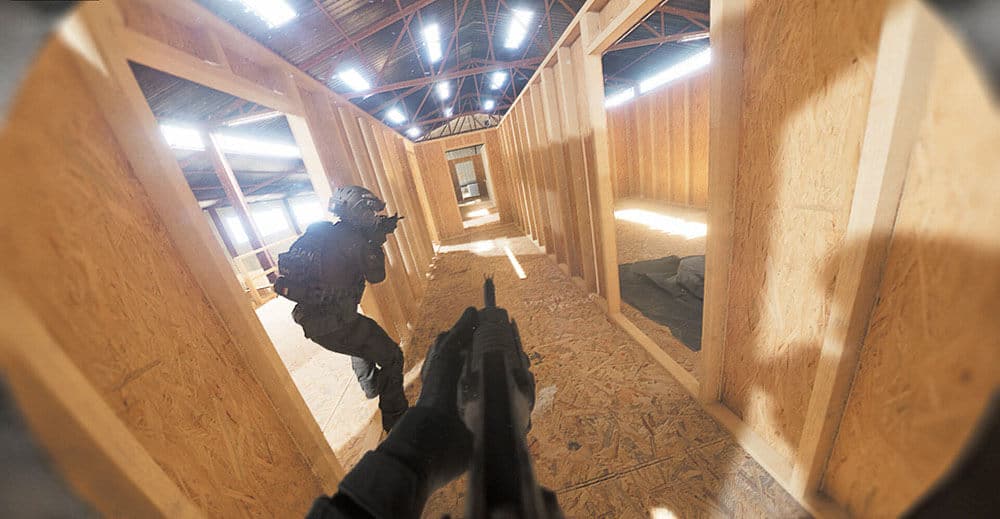
1. Free-for-All:
This mode pits players against each other in a chaotic, high-stakes environment where trust is nonexistent. Victory goes to the last player standing or the first to reach the kill threshold.
2. Team Deathmatch:
In this mode, two teams compete to secure the most kills. Coordination and communication are crucial for success. Flanking the enemy and controlling key choke points can make or break a match.
3. Body Bomb Mode:
In this objective-based mode, one team must plant a bomb while the other defends and attempts to defuse it. The bomb can be planted anywhere on the map, making it essential to read the enemy’s movements and anticipate their strategies.
4. Co-op Tactical Missions:
In these PvE missions, players must work together to complete challenging objectives against AI-controlled enemies. Missions can include hostage rescues, infiltration, and large-scale firefights. The AI is smart, flanking players, using suppressive fire, and retreating when overwhelmed.
Sound Design: An Immersive Audio Experience
The sound design in Bodycam heightens the realism and adds to the game’s tension.
- Environmental Sounds: The ambient noises of city streets, distant sirens, and footsteps contribute to the sense of a living world.
- Gunfire and Explosions: Every weapon has its own distinct sound profile. The echo of gunfire in a narrow hallway versus an open courtyard changes based on the environment.
- Positional Audio: Footsteps, reloads, and suppressed whispers can give away positions, turning sound into a tactical tool.
One standout feature is the audio obstruction system. Sounds are muffled when behind walls or doors, making it possible to determine the distance and direction of noises.
However, there are occasional audio glitches, such as delayed sound effects or inconsistent spatial audio during multiplayer matches. These minor issues can be disruptive but do not significantly detract from the overall experience.
Performance and System Requirements
To experience Bodycam in all its visual glory, a high-end PC is recommended. The game runs smoothly on powerful systems, but mid-tier PCs may experience frame rate drops during intense firefights.
Minimum System Requirements:
- CPU: Intel i5-9600K or equivalent.
- GPU: NVIDIA GTX 1060 6GB or higher.
- RAM: 16GB.
Recommended System Requirements:
- CPU: Intel i7-12700K or better.
- GPU: NVIDIA RTX 3080 or better.
- RAM: 32GB.
The game also requires a significant amount of storage due to its high-resolution textures and detailed assets.
Community and Developer Support
The Bodycam community is thriving, with players sharing tactical strategies, organizing competitive events, and creating user-generated content. Reissad Studio has maintained an active presence, releasing frequent updates to address bugs, enhance performance, and introduce new features.
Despite its hardcore nature, the community welcomes new players by providing guides, tutorials, and mod support. However, the skill gap between newcomers and veterans can be daunting.
Strengths and Weaknesses
Strengths:
- Hyper-realistic graphics that set a new benchmark for FPS games.
- Immersive soundscapes and environmental audio.
- Unique bodycam perspective that enhances immersion.
- Tactical and rewarding gameplay.
- A variety of multiplayer modes that cater to different playstyles.
- Strong developer support and regular updates.
Weaknesses:
- Steep learning curve for new players.
- Demanding system requirements that limit accessibility.
- Occasional audio and connectivity issues.
- Bodycam perspective may cause discomfort for some players.
Conclusion: Is Bodycam Worth Playing?
Bodycam redefines tactical FPS gameplay by prioritizing realism and immersion over traditional fast-paced action. It offers a gripping experience for players who enjoy methodical, team-based strategies. However, casual players may find its complexity intimidating.
If you are seeking an immersive, strategic shooter and have a system capable of handling its demands, Bodycam is a must-play. The game’s depth, attention to detail, and rewarding mechanics make it stand out in a crowded genre.
Final Verdict:
Bodycam excels in realism, atmosphere, and tactical gameplay, with only minor issues that hold it back from perfection.


